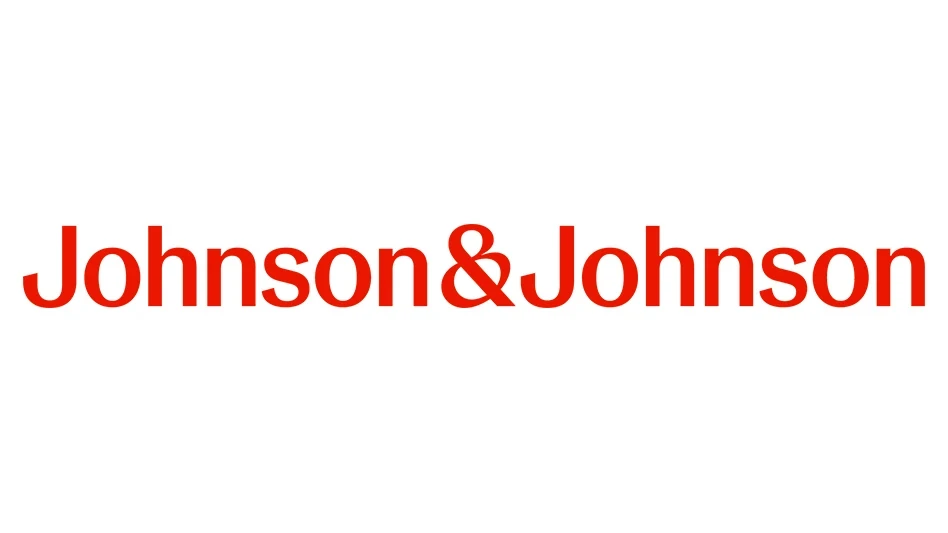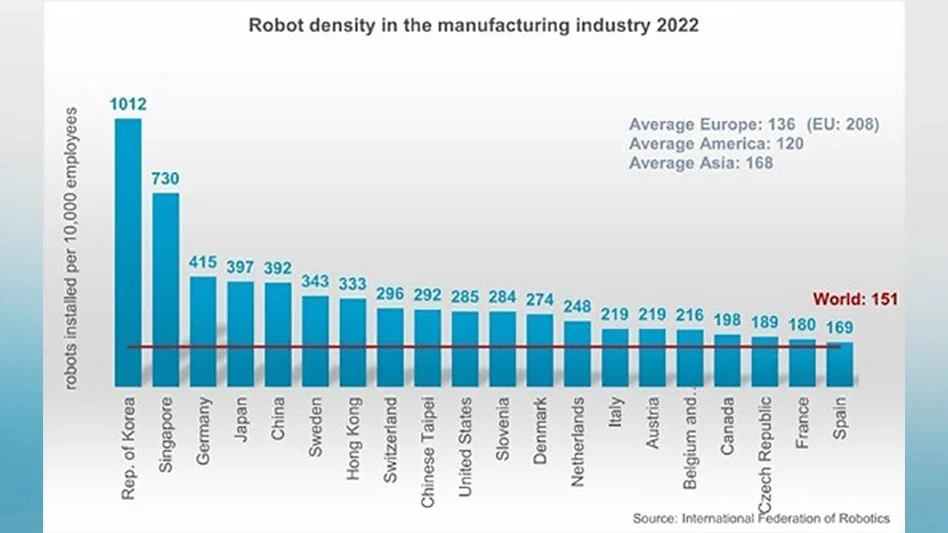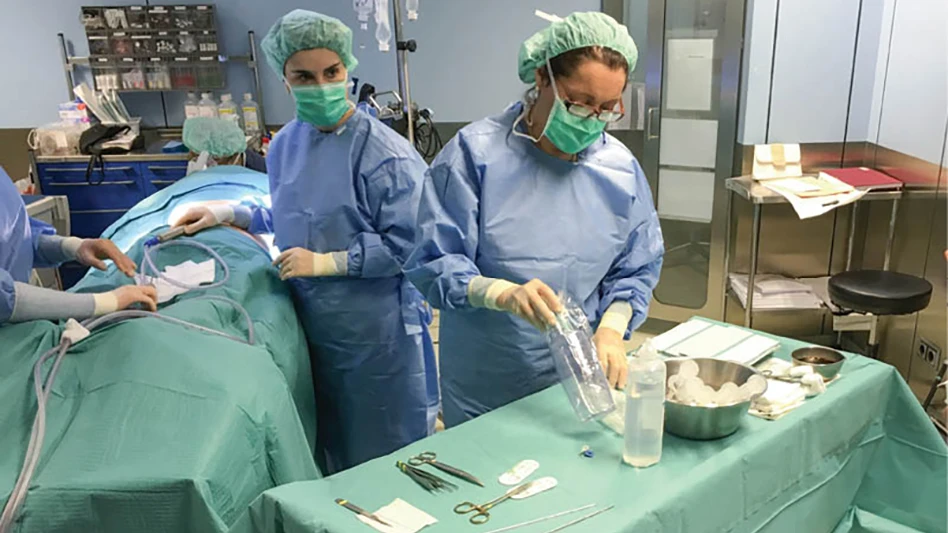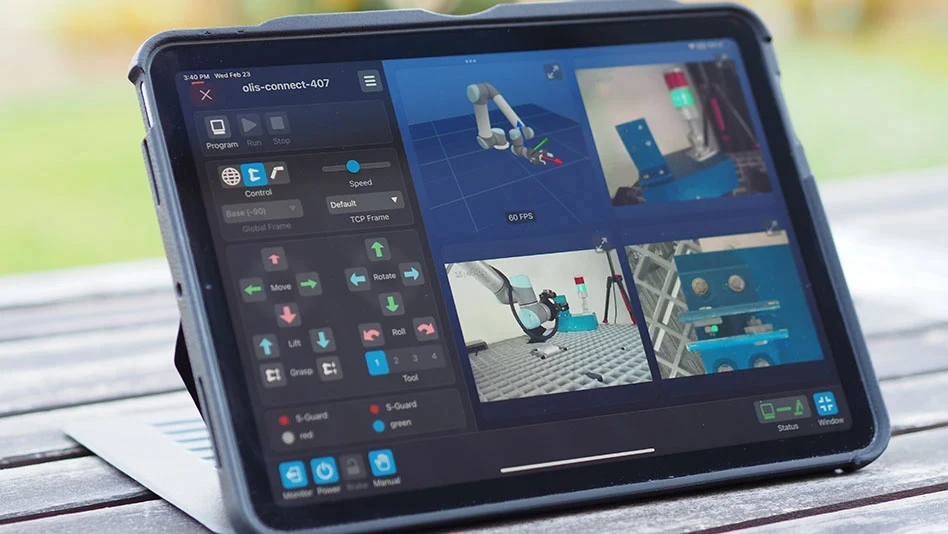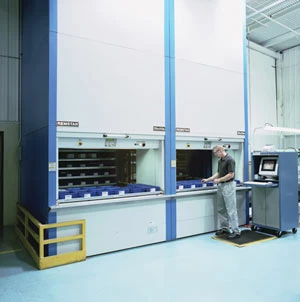
Reducing costs and achieving greater productivity within existing facilities, while improving customer service, are the keys to softening the impact of these uncertain economic times on storage and retrieval operations.
It is a difficult challenge, but one that can be successfully met by initiating simple automation. Simple automation is the installation and integration of automated storage and retrieval systems, such as vertical and horizontal carousels and vertical lift modules (VLMs), into small parts and items handling operations. It is doing more with less - more efficient order picking operations at less cost and with smaller staffs - and the right combination of equipment, software and process can significantly improve storage and retrieval efficiency. Automated systems can be up and running over a weekend and run thousands of hours between scheduled maintenance periods.
They also have the advantage of significantly improving the efficiency and productivity of parts picking, up to two-thirds in some applications, while offering a more accurate method of maintaining inventories and reducing mispicks. In doing so, they increase operator efficiency and productivity, reduce inventory levels, and improve customer service and satisfaction.
Conventional static storage systems like shelving and cabinets require order pickers to spend much of their time traveling aisles searching for items. Automated storage and retrieval systems allow quick access to goods by bringing items to the operator at an ergonomic height. Operators simply scan a barcode or enter the part name or number into the system and stored items are automatically delivered to the operator, reducing labor requirements by up to 66%.
Automated systems also take advantage of unused overhead space.
"Floor to truss" space optimization can reclaim up to 85% of the space used by traditional rack, shelving and drawer systems.
Easy-to-use controls and software, plus integrated pick-to-light technology, improves throughput up to 600% in some applications, while increasing accuracy to 99.9% levels. Inventory management and control software can be used alone or interfaced with proprietary inventory control software to ensure optimum inventory levels.
GREEN AND LEAN INITIATIVES
All of these benefits of simple automation add up to significant savings, with a Return on Investment (ROI) in as little as 18 months, depending on the type of system installed. In addition, implementing a program of simple automation can provide a foundation for long-range sustainability and cost reduction programs.
For example, by reducing the amount of space required for storage and retrieval operations, automated systems can help companies reduce energy costs, thereby reducing their carbon footprints, through more efficient space utilization. When it is time to expand, more efficient space utilization offered by automated systems allow companies to construct smaller, more energyefficient buildings, shrinking the construction footprint, up to 15% in some cases, conserving resources and reducing long term maintenance costs.
Conservation of human resources is critical in not only meeting performance objectives, but also in meeting sustainability goals. Since the access area of vertical systems is ergonomically- designed to present stored items at an ideal height for picking, excess motion is eliminated. The elimination of excess motion generally improves throughput as well. More efficient operation reduces energy consumption, which helps reduce an organization's overall carbon footprint.
Companies looking to reduce the impact of the slower economy should consider simple automation as an easy way to reduce costs, improve storage and retrieval efficiency, and make the best use of existing facilities. Simple automation also has the potential to become a solid foundation for future sustainability and lean initiatives.
Remstar Int'l
Westbrook, ME
remstar.com

Explore the June 2009 Issue
Check out more from this issue and find your next story to read.
Latest from Today's Medical Developments
- Best of 2024: #5 Article – Accelerating medical device development with freeform injection molding
- Best of 2024: #5 News – Complexity, the enduring enemy of medical cybersecurity
- Best of 2024: #6 Article – Closing the global product information gap
- Best of 2024: #6 News – NUBURU enters medical device market with order Blueacre Technology
- Season's greetings
- Best of 2024: #7 Article – Synchronized machining processes for medtech
- Best of 2024: #7 News – 3D printing could revolutionize treatment for cataracts, other eye conditions
- Best of 2024: #8 Article – Perfecting the CMP process for surgical blades
